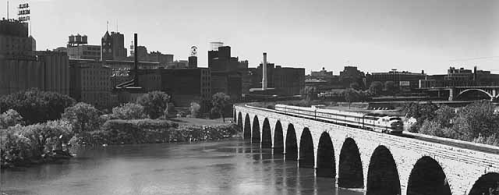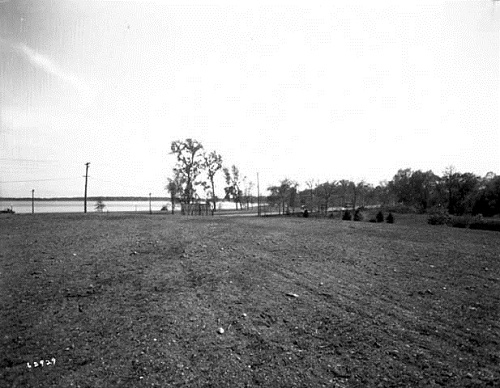Is it “Juicy” or “Jucy”?
 Tuesday, February 26, 2019 at 4:36AM |
Tuesday, February 26, 2019 at 4:36AM |  Michael Rainville Jr |
Michael Rainville Jr | Article by Michael Rainville, Jr.
It’s time to reveal a personal secret of mine that not too many people know about. I love cheeseburgers, and I hope my metabolism never changes as I get older so I can keep eating these delicious creations. That being said, as a cheeseburger connoisseur, I cannot think of a better city to live in than Minneapolis. The best thing that has ever been done to two beef patties happened in this city in the 1950’s, and almost 70 years later, it has become a worldwide phenomenon. That’s right, I’m talking about the Juicy Lucy, or is it the Jucy Lucy? That’s a debate that will never be settled.
 A Juicy Lucy
A Juicy Lucy
The two establishments that claim to be the home of this infamous cheeseburger are Matt’s Bar, on 35th St. and Cedar Ave., and the 5-8 Club, on 58th St. and Cedar Ave. Matt’s opened its doors in 1954, and soon after their Jucy Lucy was created by owner Matt Bristol when a customer asked for a slice of cheese in between two hamburger patties and as soon as the customer bit into it he bellowed out “that’s one juicy Lucy!” It became an over night success and soon after, the “i” in “juicy” found its way out the door. Matt’s claims that “if it’s spelled correctly, you just might be eating a shameless rip-off!”
 The 5-8 Club
The 5-8 Club
The 5-8 Club, on the other hand, started as a speakeasy back in 1928 as a result of Prohibition. Not much is known about how the Juicy Lucy started at the 5-8, but it happened at some point in the 1950’s. Just as Matt’s has an opinion on their competition, so does the 5-8. They claim that "if it's spelled right, it's done right.” Is it really Minnesotan if there isn’t any passive aggressiveness? One of the main differences between the two cheeseburgers is the cheese. Where Matt’s only puts American cheese inside their Jucy Lucy’s, the 5-8 also offers pepper jack, Swiss and blue cheeses.
These two establishments have also garnered national attention. In 2008 Time Magazine briefly wrote about the cheeseburgers, in 2009 the Travel Channel show Man vs. Food put the rivalry in the spotlight, and a year later Food Wars, another Travel Channel show, based an episode around the two cheeseburgers. However, Matt’s might have a 1-up on the 5-8. Back in 2014 President Barack Obama paid them a visit to enjoy a Jucy Lucy, fries, and a couple sweet teas. A presidential seal of approval is hard to beat, but the rivalry is still churning.
 President Obama visits Matt's Bar in 2014.
President Obama visits Matt's Bar in 2014.
Spelling aside, putting cheese between two hamburger patties changed the burger game forever, and finding a Juicy Lucy on a Twin Cities restaurant menu is about as common as a snow storm in February. Thankfully the 5-8 and Matt’s decided to not put a stop to the spread of their creation. From The Blue Door Pub to The Nook, the Juicy Lucy has joined hotdish, lutefisk, and wild rice upon the Mount Rushmore of Minnesotan foods.

- - - - - - - - - - - - - - - - - - - - - - - - - - - - - - - - - - - - - - - - - - - - - - - - - - - - - -
 About Michael Rainville, Jr.
About Michael Rainville, Jr.
A 6th generation Minneapolitan, Michael Rainville Jr. received his B.A. in History from the University of St. Thomas, and is currently enrolled in their M.A. in Art History and Certificate in Museum Studies programs.
Michael is also a lead guide at Mobile Entertainment LLC, giving Segway tours of the Minneapolis riverfront for 6+ years.
He can be reached at mrainvillejr@comcast.net.


































